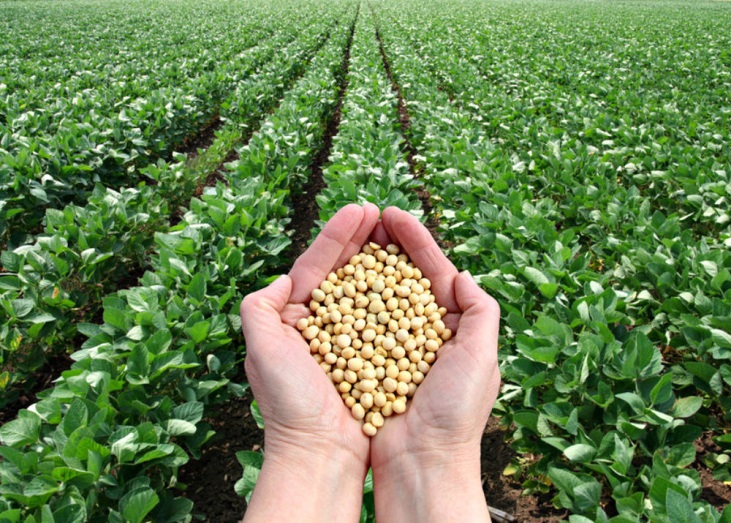
Wheat has long been the brand of northern and central regions of Kazakhstan, and cotton and rice is often associated with the southern regions of our country. Yes, it is an export, it is a revenue to the budget. However, is it right when the emphasis is placed on the cultivation of only one monoculture in the country? Why is this the case? And what consequences might such agrarian policy result in? Officials of the relevant ministry, as well as farmers themselves, have long ago answered these questions unambiguously - it is not right. Today it is vital to cultivate other crops as well. Especially since the country has all the conditions for this. Thus, we have plenty of rainfed land where it is possible to successfully cultivate oilseeds: rapeseed, flax and sunflower. Thus, the farmers of Kazakhstan started to act. For the first time at a high level, the diversification of cultivated areas in the republic started back in 2012. At that time, at the state level measures were taken aimed at reducing the cultivated area of the main domestic export agricultural crop, namely wheat, in favor of increasing the sowing of other crops in demand. The result of this policy was the reduction of almost 2.4 million hectares of wheat crops since 2011. In 2018, according to the Ministry of Agriculture, Kazakhstan sowed 14.9 million hectares of grain, including 11.2 million hectares of wheat. At the same time, grain crops were sown on the area of 1.1 million hectares, while grains were grown on 40 thousand hectares, while legumes were grown on 322 thousand hectares. Fodder crops increased by 0.8 million hectares, thus meeting the increased needs of domestic livestock farms. According to the Vice-Minister of Agriculture, we have become a leader in world production for certain crops. For example, in oilseed flax production, Kazakhstan ranked 1st in the world, bringing its volume to 930,000 tonnes, and in lentils it ranked fifth.
What does diversification of sown areas give?
As noted by the Ministry of Agriculture, one of the main advantages of diversifying agricultural land is the growth of income of farmers. Today, officials are challenged with an important task, not only to convey the message that it is necessary to grow to gain benefit, but also how it can be done with minimal losses and at the same time get the maximum income. Thus, in the state program for 2018, the Cabinet of Ministers decided not to pay subsidies per hectare. If before an agricultural producer could count on subsidies regardless of what he grows, now the situation has changed. Everything depends on the farmer himself. He needs to find the means to " reshape" his business, to start growing other, more profitable crops, to prove that this brings a stable income and that this crop is in demand in the market, the state reimburses 25% of his investment. Moreover, the national budget has already managed to save on subsidies for the same year 2018, which is almost 40 billion tenge and they also went to business, namely, farmers received them in the form of investment subsidies. In addition, a new practice of subsidizing seed production was implemented in 2019. Farmers can now count on subsidies for elite seeds and first reproduction seeds according to purchase norms.
The Northern Soybean Programme
In 2019, farmers in Northern Kazakhstan placed their stakes on soybeans to diversify their cultivated areas. Moreover, this region was chosen as a pilot project under the state program "Severnaya Soya". Incidentally, it is Soya that sets the trend in the diversification of agricultural land in our country. Here about 1 million hectares were given under oil crops in 2018, it is by 37% more than in neighboring regions - in Kostanay (429.8 thousand hectares) and Akmola (279.3 thousand hectares). Nowadays, local agrarians pay attention to early-ripening varieties of soybeans. 14 thousand hectares of land were given for it. For this purpose super elite and elite varieties of soybeans were brought from Austria. As stated by the Minister of Agriculture of Kazakhstan Saparkhan Omarov on November 5 at the oil and fat conference KazOil 2019: "The result exceeded expectations, in some areas the yield reached 20 c/ha, it is at the level of the republican index". Thus, a stake is made on the future.
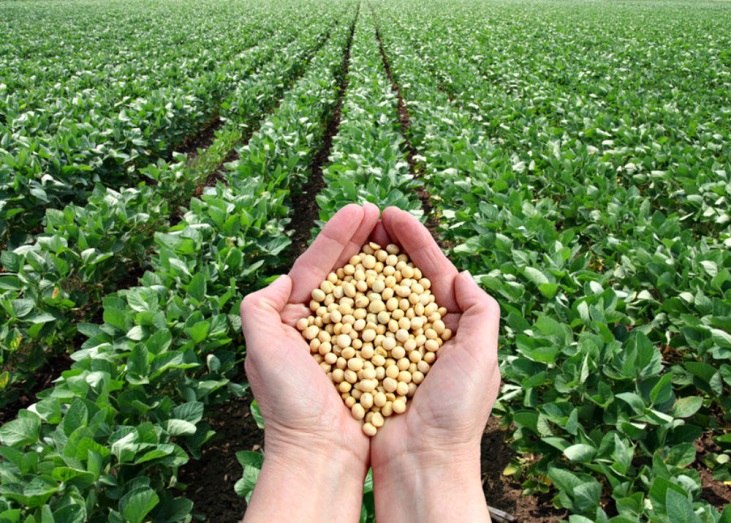
Photo by kt.kz
After all, according to the plans of the program developers, in the next five years it is necessary to bring the soybean area to 1.5 million hectares, farmers intend to harvest up to 30 centners per hectare, and the gross yield of this crop should be about 3.2 million tons. At the same time, soybean from Northern Kazakhstan region will be supplied to foreign markets not only in the form of raw materials, but also in processed form. The southern regions of Kazakhstan also pay attention to soybean. The volumes here, of course, are much lower. In particular, in 2019 agrarians of Karmaksha district of the Aral Sea region sowed more than 40 hectares with this culture for the first time, which is not typical for local areas. The harvest was almost 91 tons, i.e. about 22 centners per hectare. This year it is planned to give even more areas for soybean.



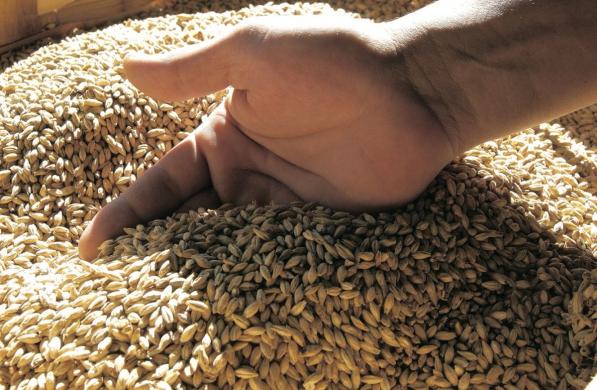
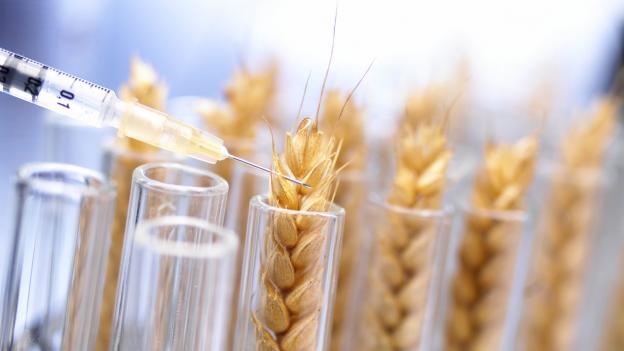

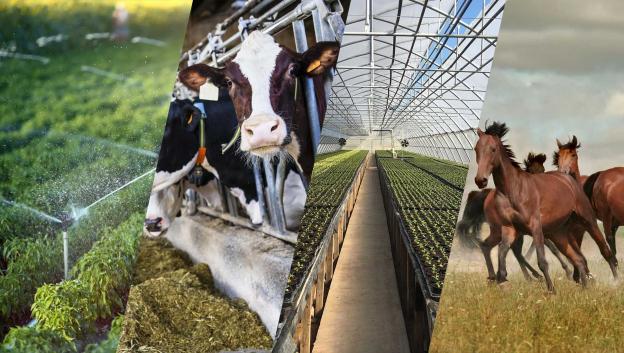

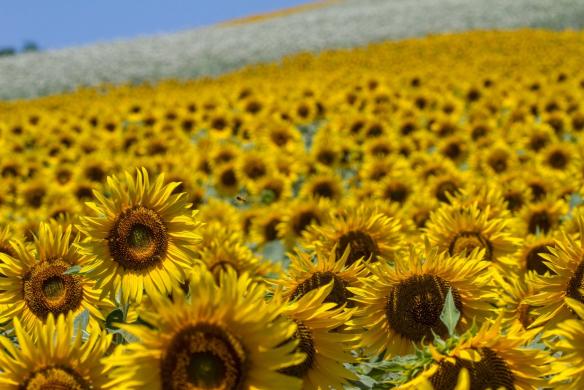
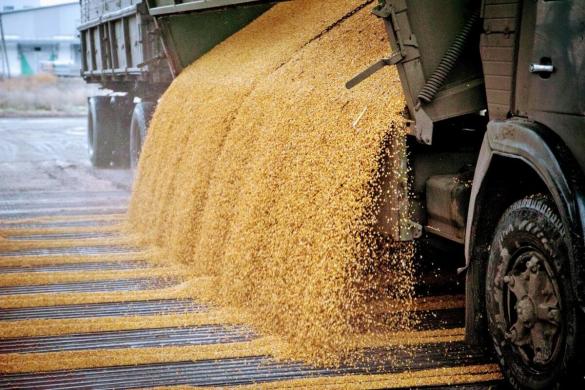
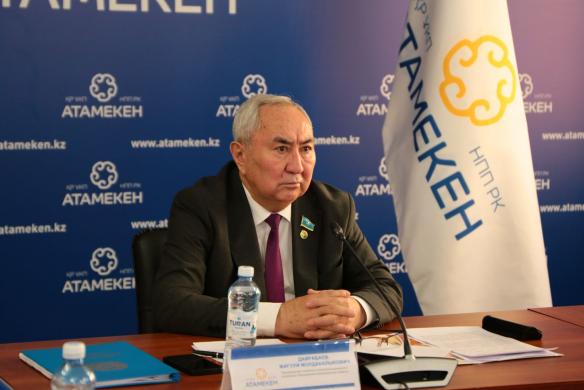

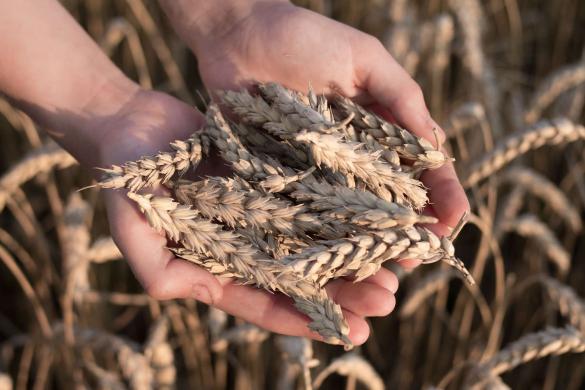



























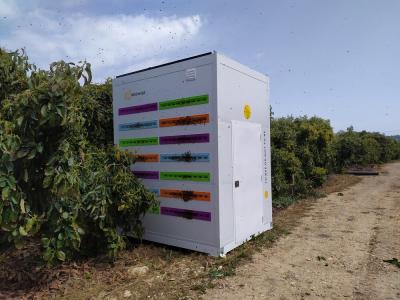
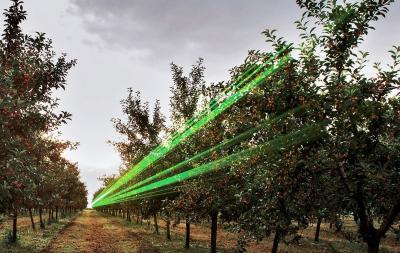
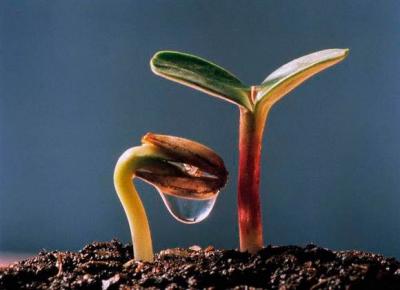
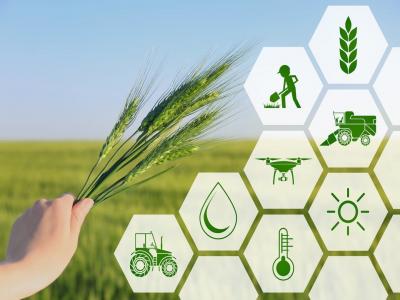



Обсуждение